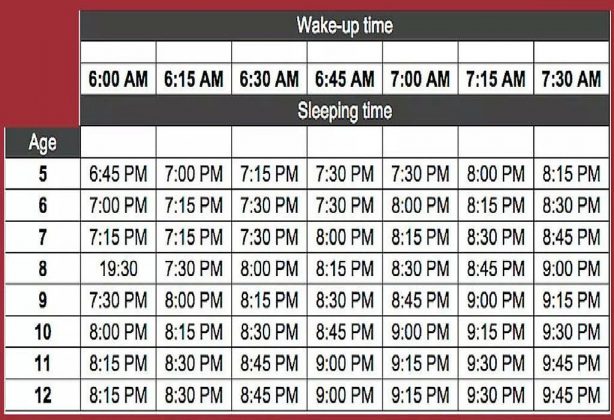

Do you have proof that letting them sleep will be detrimental to your schedule? For example, will letting the last nap run late interfere with bedtiming?ģ. How old is your baby? Are you in those first few weeks of life and concerned about weight gain? Or is this a toddler who took forever to fall asleep and now is having a late nap? The answer is different for both.Ģ. Here are three questions to ponder when you are jittery with angst and unsure what to do about this long nap or morning “sleep in”.ġ. Let me share with you how I coach a client on these types of scenarios. It’s that feeling of uncertainty that feels terrible! During deep sleep, essential hormones for growth and development are released, energy is restored, and blood supply to muscles is increased.Your child is sleeping so soundly! Maybe too soundly? Anxiety starts to kick in, should you wake your baby if she’s sleeping too long? Should I wake my baby to preserve a schedule? The remaining 75% of nighttime sleep is spent in deep sleep. Children spend approximately 25% of the night in light (REM) sleep, the stage where dreaming occurs. Toddlers who are able to fall asleep independently at bedtime and are well-rested typically manage these transitions easily, and don’t wake up crying between sleep cycles.
#Bedtime chart by age and wake up time how to#
With such short sleep cycles, it’s important that your child knows how to make the transition between sleep cycles.īetween sleep cycles your child may enter a very light sleep, or wake up briefly before falling back asleep. Sleep fact for 22 month old babiesĪt 22 months, your child cycles through two types of sleep throughout the night, light (REM), and deep sleep, with each sleep cycle usually lasting 45 - 60 minutes. At this age, some toddlers may also prefer to sleep with a nightlight, or with their door open.

For example, if your child is afraid of monsters, you might have them help you spritz their bedroom with “monster spray” (water) before bed. If nightmares are the problem, it can help to talk to your child about their fears and come up with creative ways to help them overcome them. In this case, it’s important to evaluate your child’s sleep schedule and make adjustments, like encouraging a daily nap and moving bedtime earlier. Night terrors are linked to poor sleep habits and are often triggered by not getting enough sleep, or staying awake too long before sleeping (overtiredness). In the morning, your child will have no memory of the night terror, whereas they’re usually able to recall bad dreams. Although it’s terrifying to witness a night terror, there’s no need to wake them. During a night terror, your child may shout or thrash in their sleep. Children experiencing a nightmare can be woken up and are easily consoled. When children experience a nightmare, they may whimper in their sleep, or cry out softly. Night terrors happen earlier in the night, usually 1 - 2 hours after falling asleep, and occur when a child doesn’t make the transition between sleep stages properly. There are a few key differences between the two: Nightmares usually occur more than 3 hours after your child has fallen asleep, and are often triggered by fears your child may have about things like monsters, the dark, or thunderstorms. Some 22 month olds may occasionally experience nightmares or night terrors. Pediatric sleep experts recommend aiming for at least 11 hours of nighttime sleep, and 1.5 - 2.5 hours of daytime sleep.

Your child’s schedule may vary, and that is normal.Ģ2 month olds need at least 12.5 hours of total sleep per day to be sufficiently rested. However, please note there is a range of normal as some children have lower or higher sleep needs. The recommendations listed below represent the average amount of sleep typically needed at this age.


 0 kommentar(er)
0 kommentar(er)
